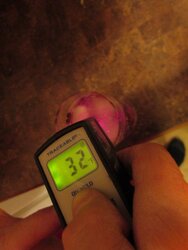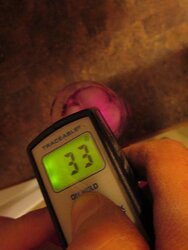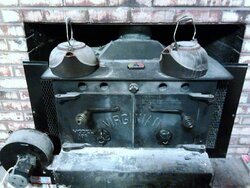sorry it doesn't work that way .. IR guns can be off depending on reflective area measured.
Hey CY, I just did the test:


Even though it looks like I got pretty good results, I have to admit that the longer I kept measuring the worse the numbers got as the ice melted; perhaps this is what you meant by the reflective area confounding results?





